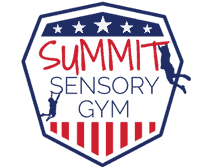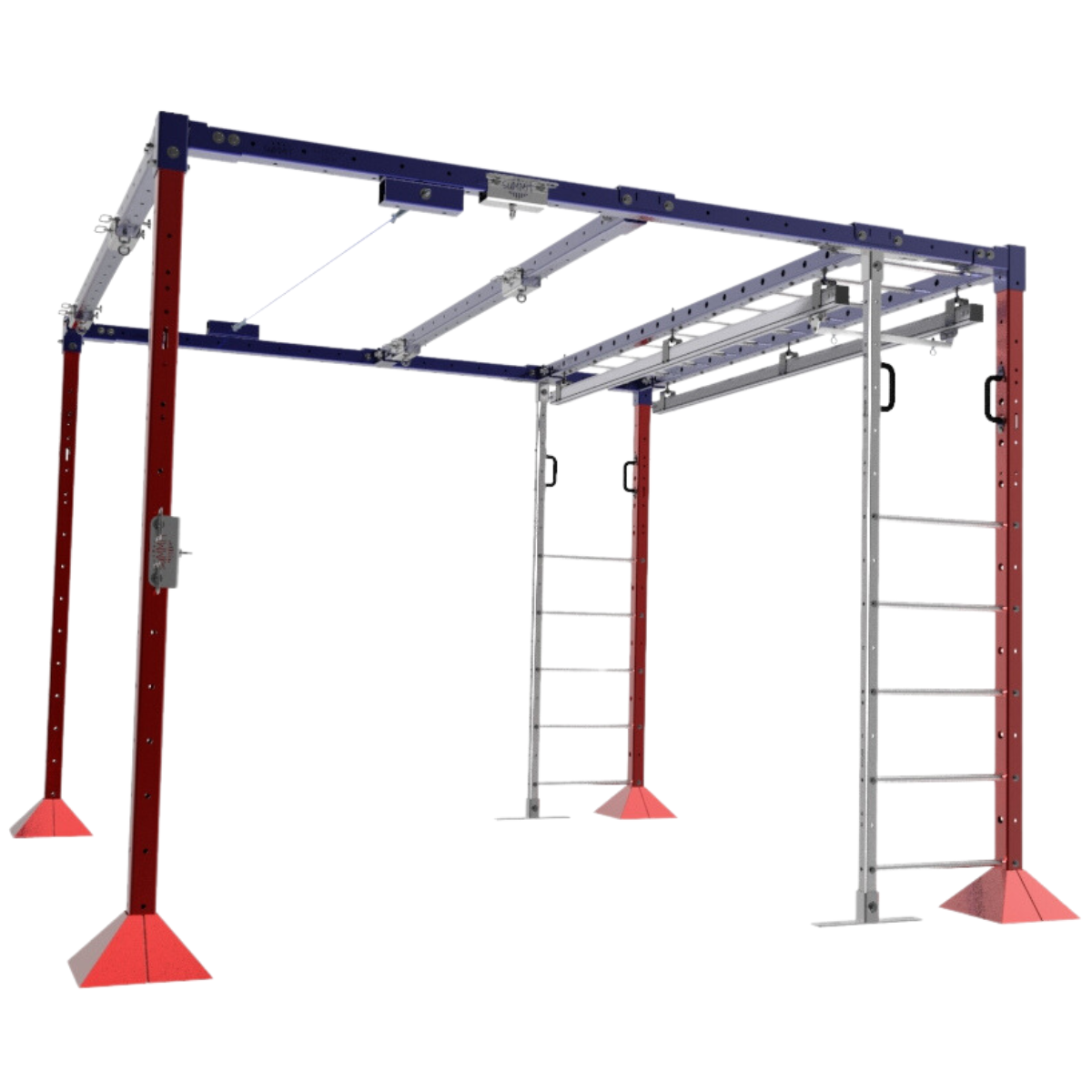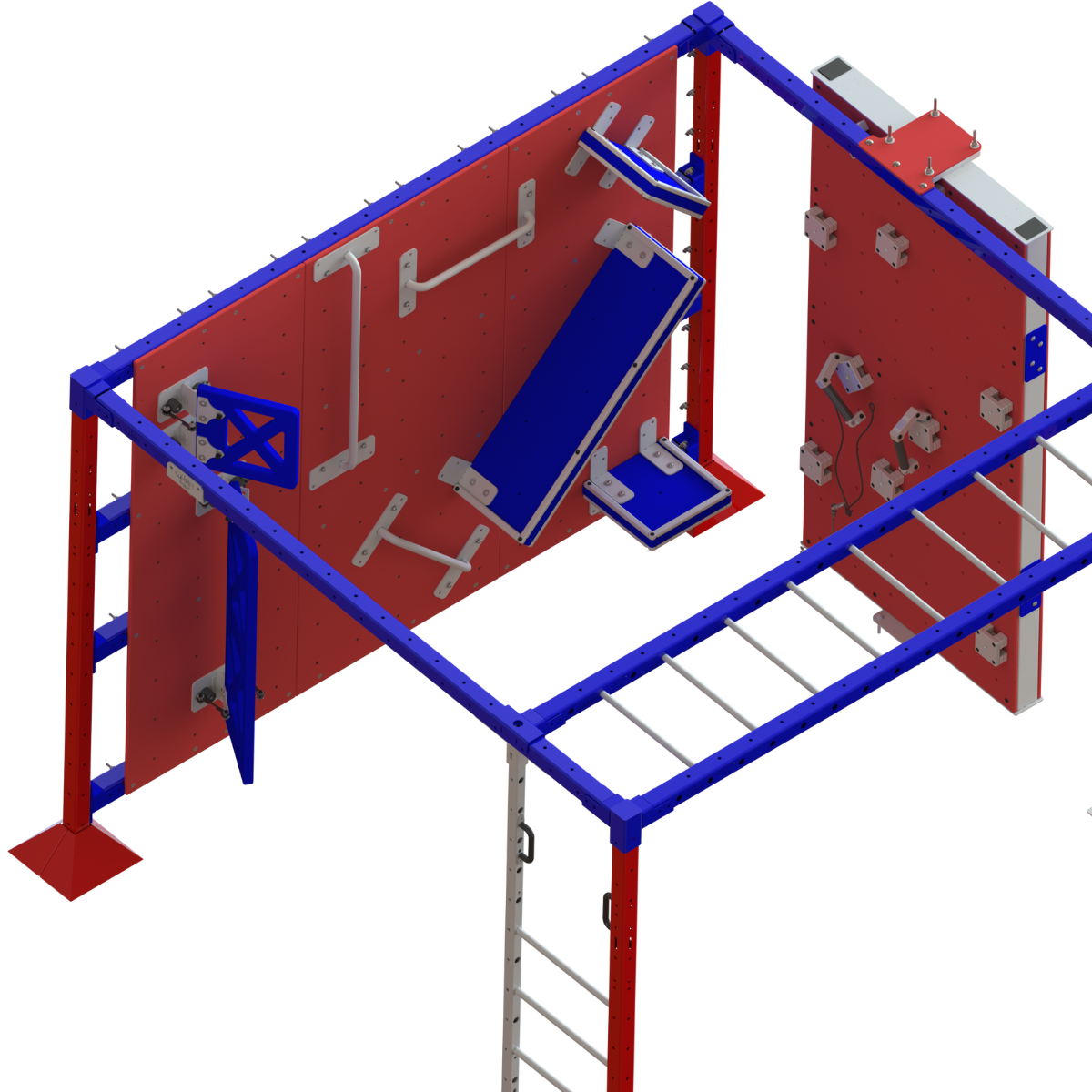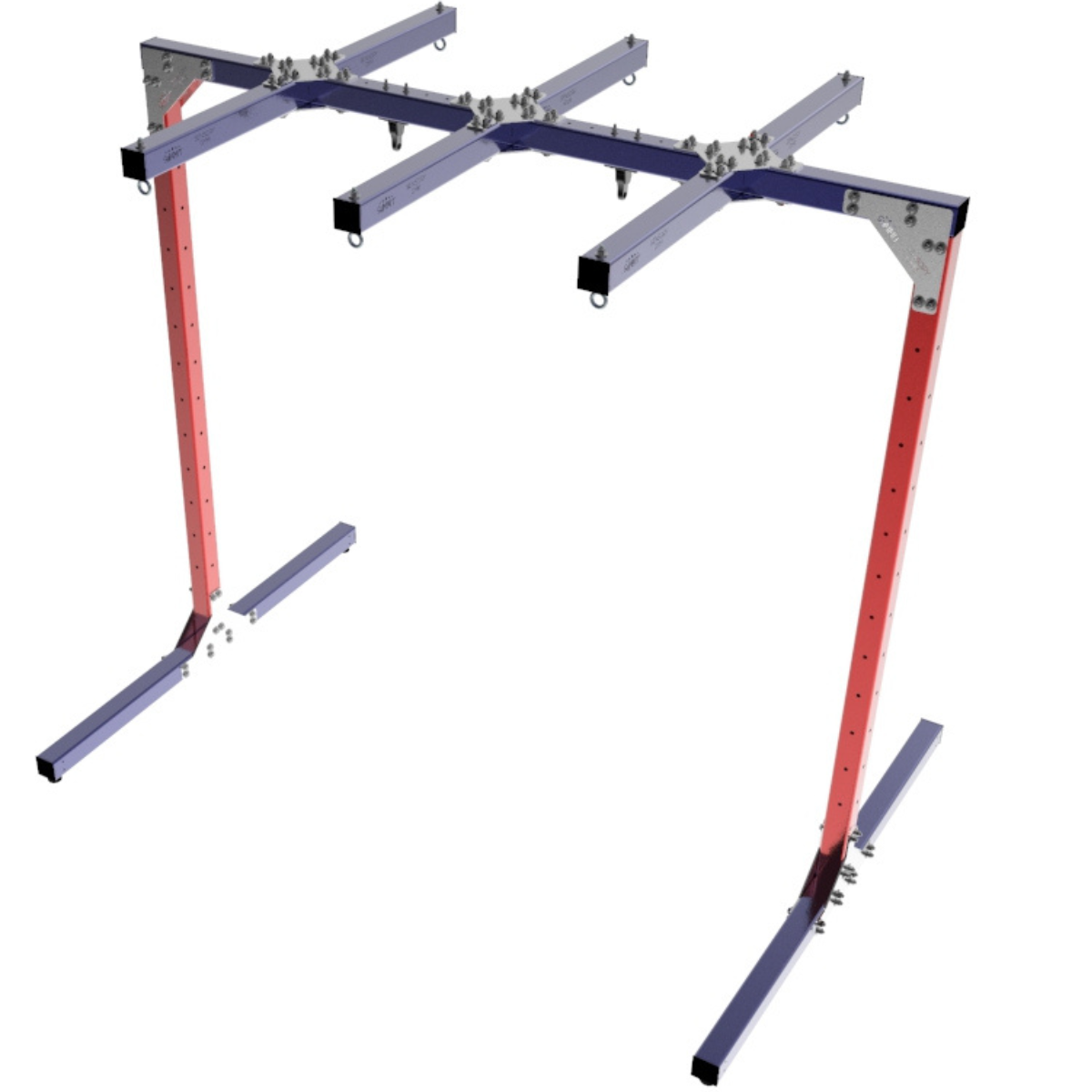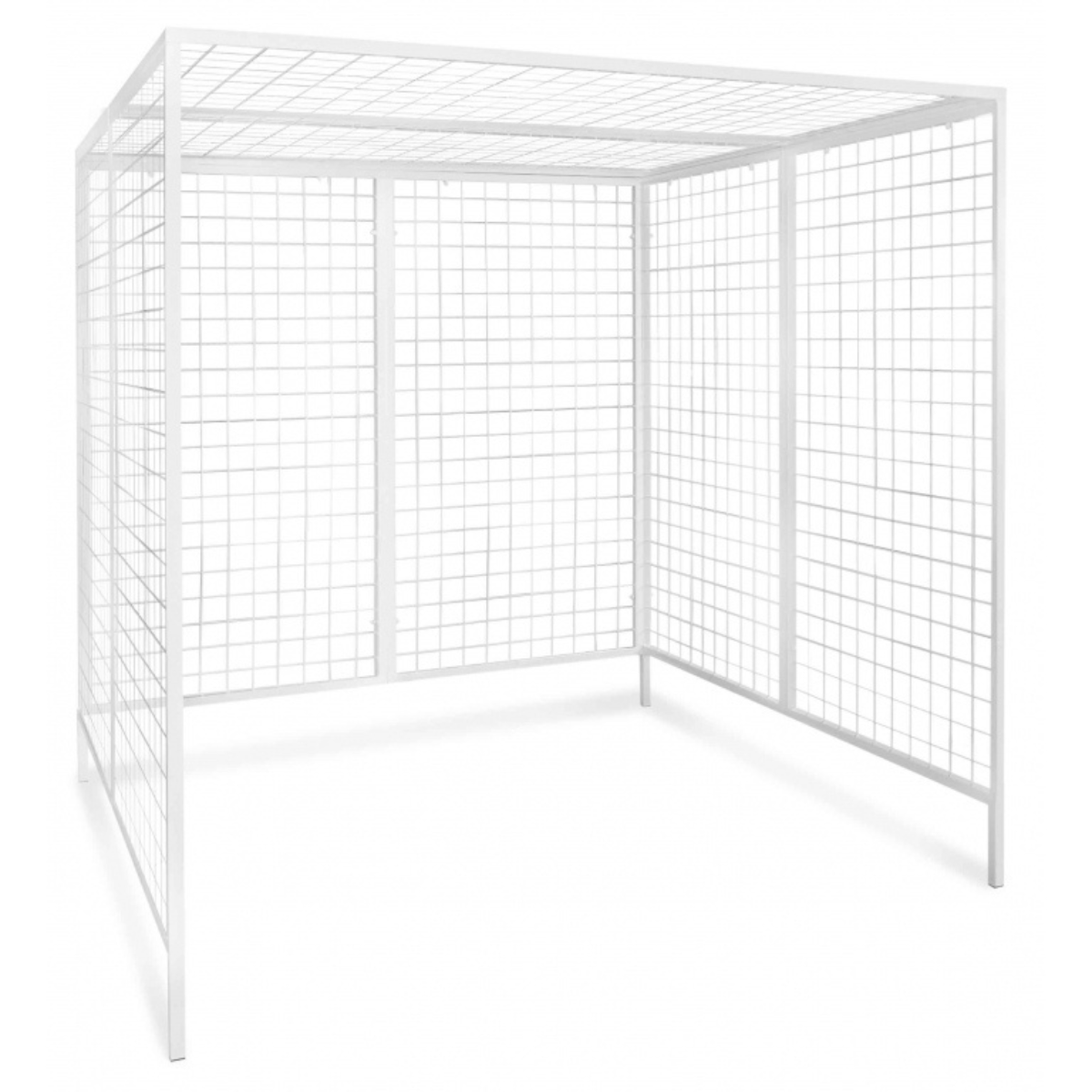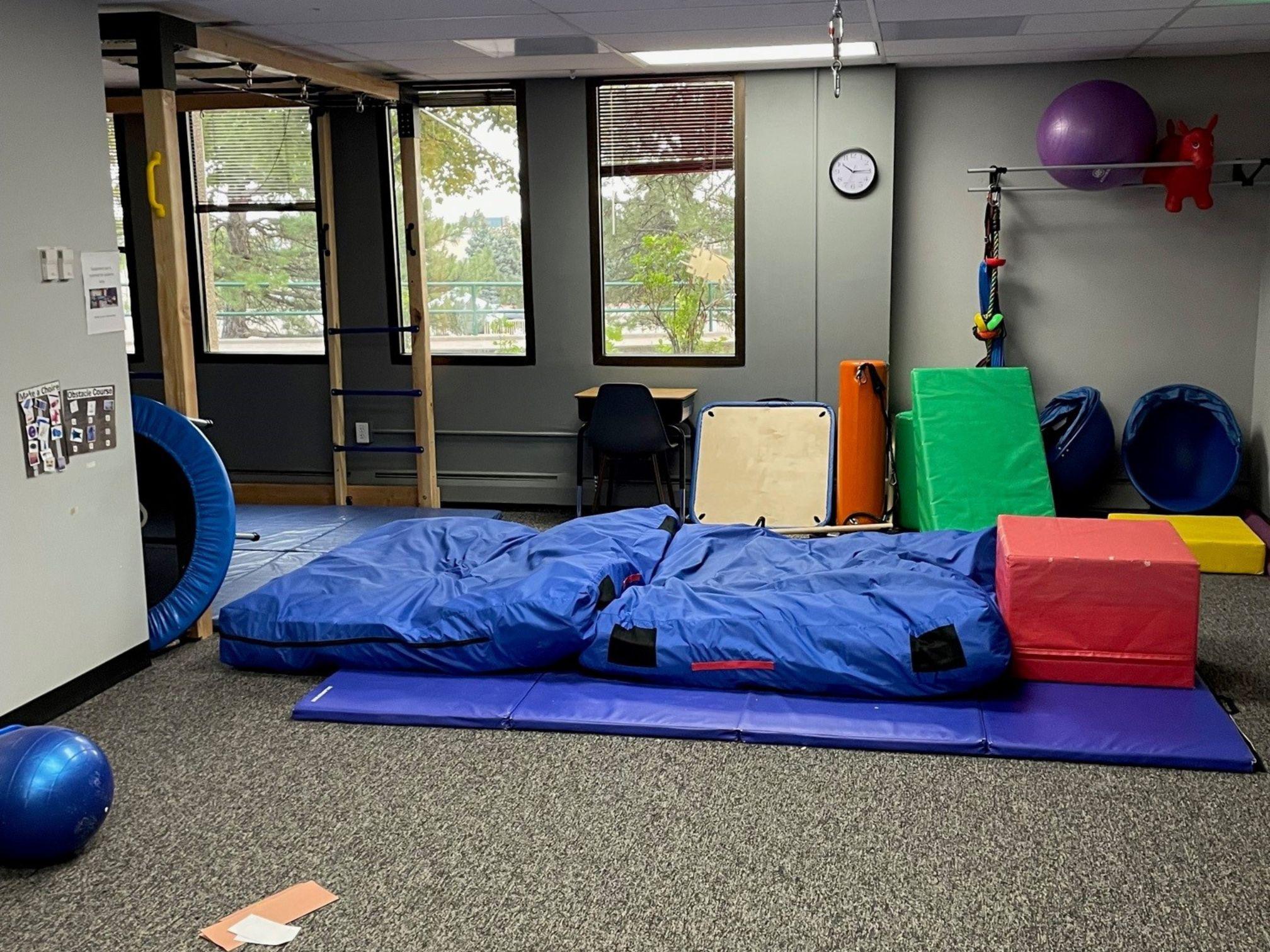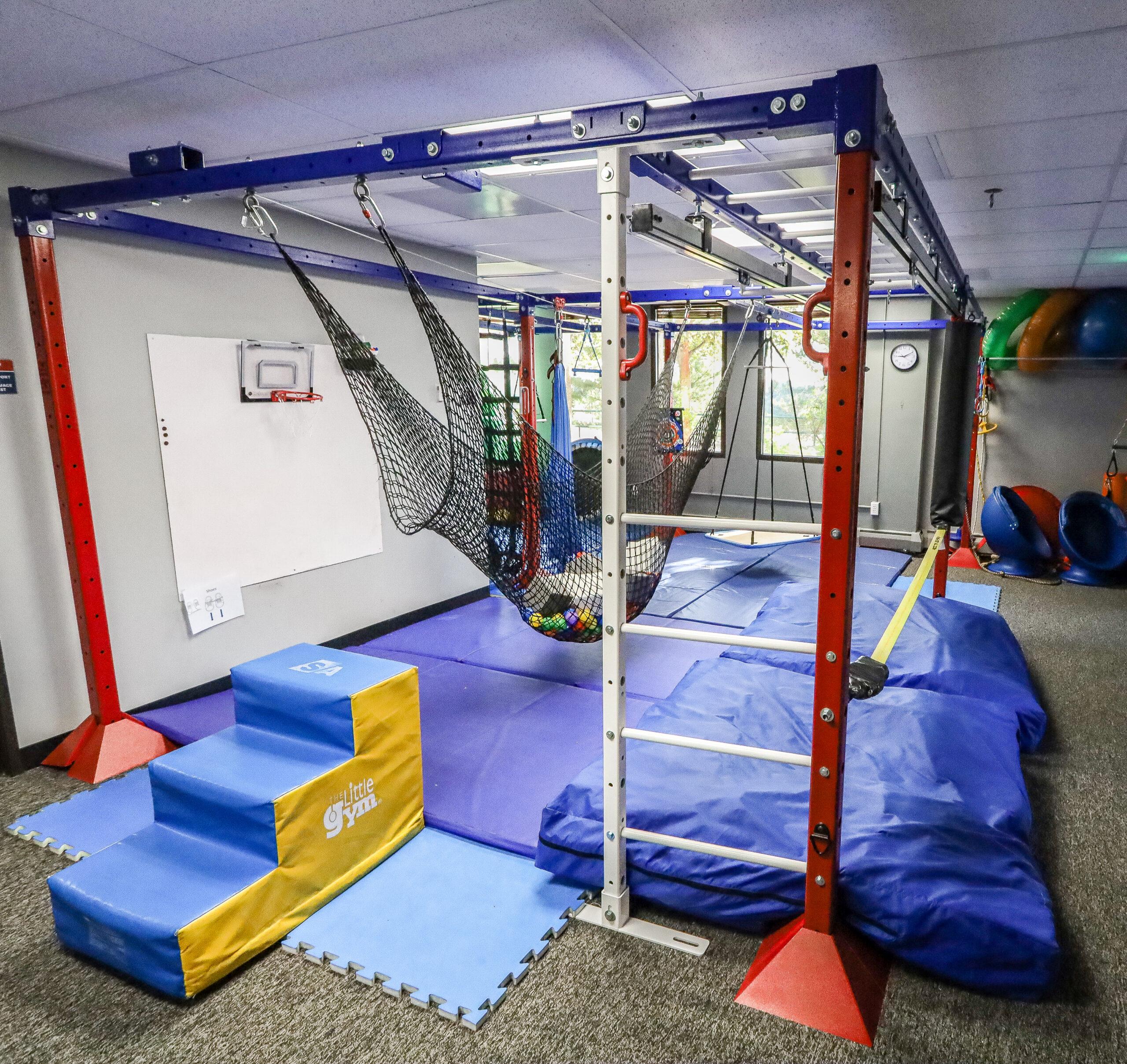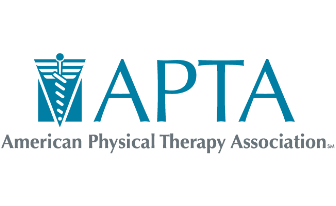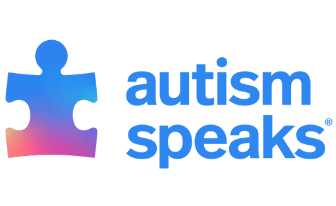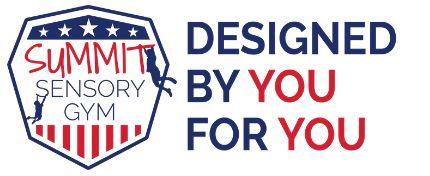SENSORY THERAPY GYMS: EFFECTIVE TREATMENT FOR CHILDREN WITH AUTISM, SENSORY PROCESSING DISORDER, AND DEVELOPMENTAL DISABILITIES
A sensory therapy gym has been shown to be effective in helping children with various developmental disabilities, including autism and sensory processing disorder (SPD). These gyms provide a safe and controlled environment where children can engage in sensory experiences that are tailored to their specific needs. The activities and equipment in the gym are designed to target different sensory systems, including the proprioceptive, vestibular, and tactile systems.
Research studies have demonstrated that sensory therapy gyms can be effective in improving various aspects of functioning in children with developmental disabilities. For example, a study published in the Journal of Autism and Developmental Disorders found that children with autism who participated in a sensory integration program showed improvements in social skills, communication, and behavior regulation (Schaaf et al., 2014). Similarly, a study published in the American Journal of Occupational Therapy found that children with SPD who participated in a sensory integration gym program showed improvements in sensory processing, motor skills, and adaptive behavior (Miller-Kuhaneck et al., 2007).
In addition to autism and SPD, sensory therapy gyms have also been found to be effective in helping children with other developmental disabilities, such as cerebral palsy and Down syndrome. For example, a study published in the Journal of Developmental and Behavioral Pediatrics found that children with cerebral palsy who participated in a sensory integration program showed improvements in balance, coordination, and functional mobility (Case-Smith, Weaver, & Fristad, 2015). Another study published in the Journal of Occupational Therapy, Schools, & Early Intervention found that children with Down syndrome who participated in a sensory integration gym program showed improvements in sensory processing, motor skills, and behavior regulation (Koenig et al., 2012).
Overall, these studies suggest that sensory therapy gyms can be a valuable treatment approach for children with various developmental disabilities. Sensory therapy gyms provide a safe and controlled environment for children to engage in sensory experiences that are tailored to their specific needs. The research indicates that participation in a sensory integration gym program can result in improvements in sensory processing, motor skills, behavior regulation, and overall adaptive behavior in children with developmental disabilities.
SUMMARIES OF EACH RESEARCH STUDY
- Miller-Kuhaneck, Watling, Kuhaneck, & Cohn (2007): This study evaluated the effectiveness of a sensory integration gym program for children with SPD. The program consisted of weekly 45-minute sessions for 10 weeks, where children participated in a variety of sensory-motor activities. The researchers found that children who participated in the program showed improvements in motor skills, visual perception, and overall adaptive behavior, as reported by parents and teachers. Specifically, children showed improvements in their ability to plan and execute motor movements, their ability to perceive visual information, and their ability to adapt to new situations and environments.
- Pfeiffer, Koenig, Kinnealey, Sheppard, & Henderson (2011): This study also evaluated the effectiveness of a sensory integration gym program for children with SPD. The program consisted of twice-weekly 45-minute sessions for 8 weeks, where children participated in a variety of sensory-motor activities. The researchers found that children who participated in the program showed significant improvements in sensory processing and functional performance, as reported by parents and teachers. Specifically, children showed improvements in their ability to process and integrate sensory information, their ability to perform daily activities, and their overall adaptive behavior.
- Ayres, Mailloux, & Wendler (1991): This study evaluated the effectiveness of sensory integration therapy for children with SPD. The therapy consisted of weekly 45-minute sessions for 6 months, where children participated in a variety of sensory-motor activities. The researchers found that children who received sensory integration therapy showed significant improvements in sensory processing, motor skills, and overall adaptive behavior, as reported by parents and teachers. Specifically, children showed improvements in their ability to process and integrate sensory information, their fine and gross motor skills, and their overall adaptive behavior.
In summary, these studies provide evidence for the effectiveness of sensory therapy gyms and sensory integration therapy for children with SPD. The studies suggest that participation in a sensory integration gym program or sensory integration therapy can help improve sensory processing, motor skills, and overall adaptive behavior in children with SPD. The studies also suggest that sensory therapy gyms can be tailored to the specific needs of each child, making it a personalized and effective treatment approach.
Summit Sensory Gyms are specifically designed to help children enjoy guided play that promotes cognitive-behavioral, and social skills and enhances motor development. When combined with other therapies, a sensory gym can amplify results by reinforcing the treatment of sensory disorders. Our sensory gyms continue to increase independence, eases stress in social situations, and raise tolerance to new sensations coming from the body and the environment.
Regardless of whether your child has unique needs, a Summit Sensory gym promotes skill and developmental growth for all ages. Our equipment is designed to provide proprioceptive and vestibular sensory input — swings, trampolines, therapy balls, etc. The use of our sensory gyms will help let your child reach their highest potential in the comfort of their own home. In general, we recommend our clients also incorporate individual therapy services. Certified therapists will help to ensure children feel comfortable and have fun while working on their fine and gross motor development amongst many others.
